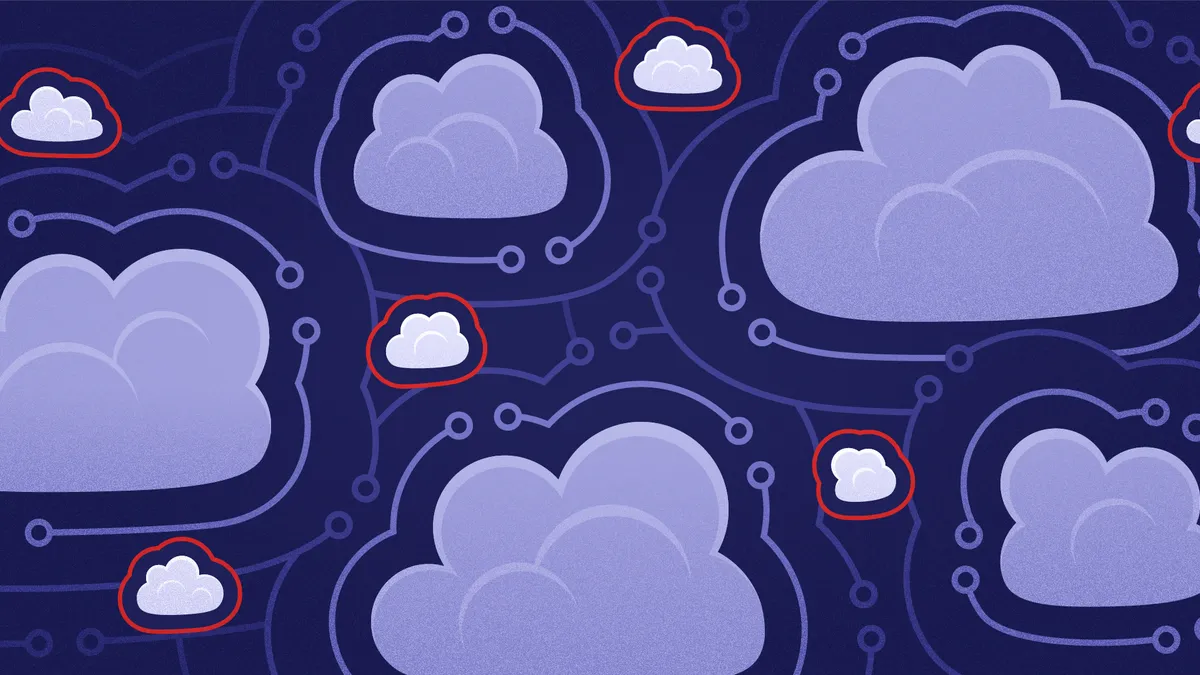With cloud becoming a clearer mandate, the market pushes organizations running on-premise workloads to reach for the cloud in order to compete.
But fear of disruption complicates the shift for companies still on-premise. One-third of IT decision makers are concerned about disrupting critical business applications while migrating, according to a survey from cloud migration company Next Pathway. The survey, conducted by Propeller Insights on behalf of Next Pathway, polled about 1,000 IT decision makers in North America at companies with 1,000 or more employees.
Enterprise workers "still need to get their day job done" as a migration is underway, said Clara Angotti, president of Next Pathway. Organizations struggle to lower cutover time for end-users.
Across businesses, hurried migration schemes in 2020 to respond to shifts in business models led to mistakes, often in the shape of cost overruns. But at the time, businesses prioritized getting on-premise workloads to a more modern environment as quickly as possible.
Now, a more conscientious approach emerges from enterprise to mind any possible gaps from rapid migrations, with a focus on protecting critical business applications.
"We're kind of coming out of the stage of cloud-first, cloud-at-any-cost, cloud-at-all-speed," said Tracy Woo, senior analyst at Forrester. "Right now, we're kind of at this new stage of cloud 2.0 where cloud is necessary."
In shifting workloads to the cloud, companies planning to move critical applications, such as point-of-sale or credit card authentication systems, must ensure minimum disruption. They can do this by combining multiple strategies to create a seamless shift away from older technology.
These five strategies can help shift key workloads to the cloud in a way that minimizes disruption:
Focus on change management
To uphold critical apps through the shift to the cloud, IT leaders need to put on change management hats, minding the impact the change will have on users, said Angotti.
"It's not only the technology, that's probably the least of what you need to concern yourself with," Angotti said. "The change management component is critical. And that's typically something that's done in parallel while we're doing the technical migration."
Business leaders often become enthralled in the technical aspects of a project, and fail to put enough focus on the human and business implications of deploying new technologies within a company.
Thoughtful planning
Successful migration execution hinges on taking careful steps, in the right order, en route to a more modern infrastructure. Failing to adhere to the plan can wreak havoc on applications that make or break a business.
Understanding how data is used in the organization leads to thoughtful choices about which data warehouses to move first and in what sequence, while keeping data interdependencies in mind, Angotti said.
With a plan in place, automation tools can help companies migrate more seamlessly, said Vinay Mathur, chief strategy officer at Next Pathway.
"When you have potentially hundreds of developers looking at an old Teradata [database] and migrating that to Snowflake, there's just tons of manual or operational risks that could exist," said Mathur. "If you have a developer coding one way, you risk the other 99 developers coding in a completely different way."
Communicate through the challenges
The ideal cloud migration goes unnoticed from a downtime perspective. But migrating applications to the cloud can potentially mean disruption.
Organizations should adjust the expectations of a day one performance, said Woo. "Understand that inevitably something will go wrong, something will break," she said.
In preparing the organization to adjust, a gradual approach to migration can help ease friction. An effort as simple as email can be effective in communicating what's happening and why.
Introduce testing up front
Developing a test strategy can serve as an early line of action to guarantee critical applications withstand the migration.
While designing how to test, leaders should get business users involved in defining strategies and the use cases that will become part of that testing model, said Mathur.
A testing strategy gets business users engaged with the migration process and helps "align expectations right up front, and not wait for that to potentially blow up later."
Phase Zero
Gradual shifts toward the cloud help spot the early friction points in a migration strategy, while conveying to the user base what benefits can they expect beyond on-prem applications.
"What we like to do is do a pilot or Phase Zero, as part of that migration," said Mathur. Taking a sliver from an application and moving it to the cloud, along with the associated data and code, provides insight and helps engage future business users.
"It's also showing the developers what the benefits of that migration effort will be and why there could be some friction," Mathur said.




















